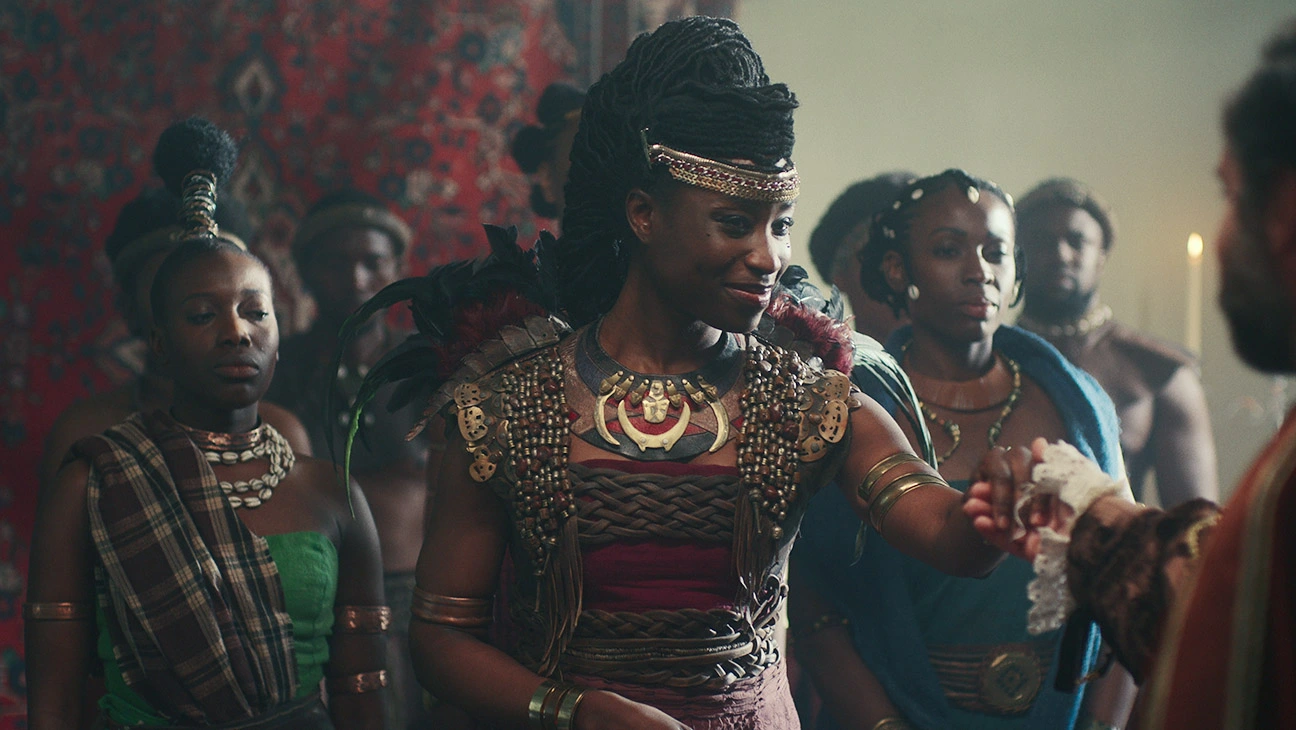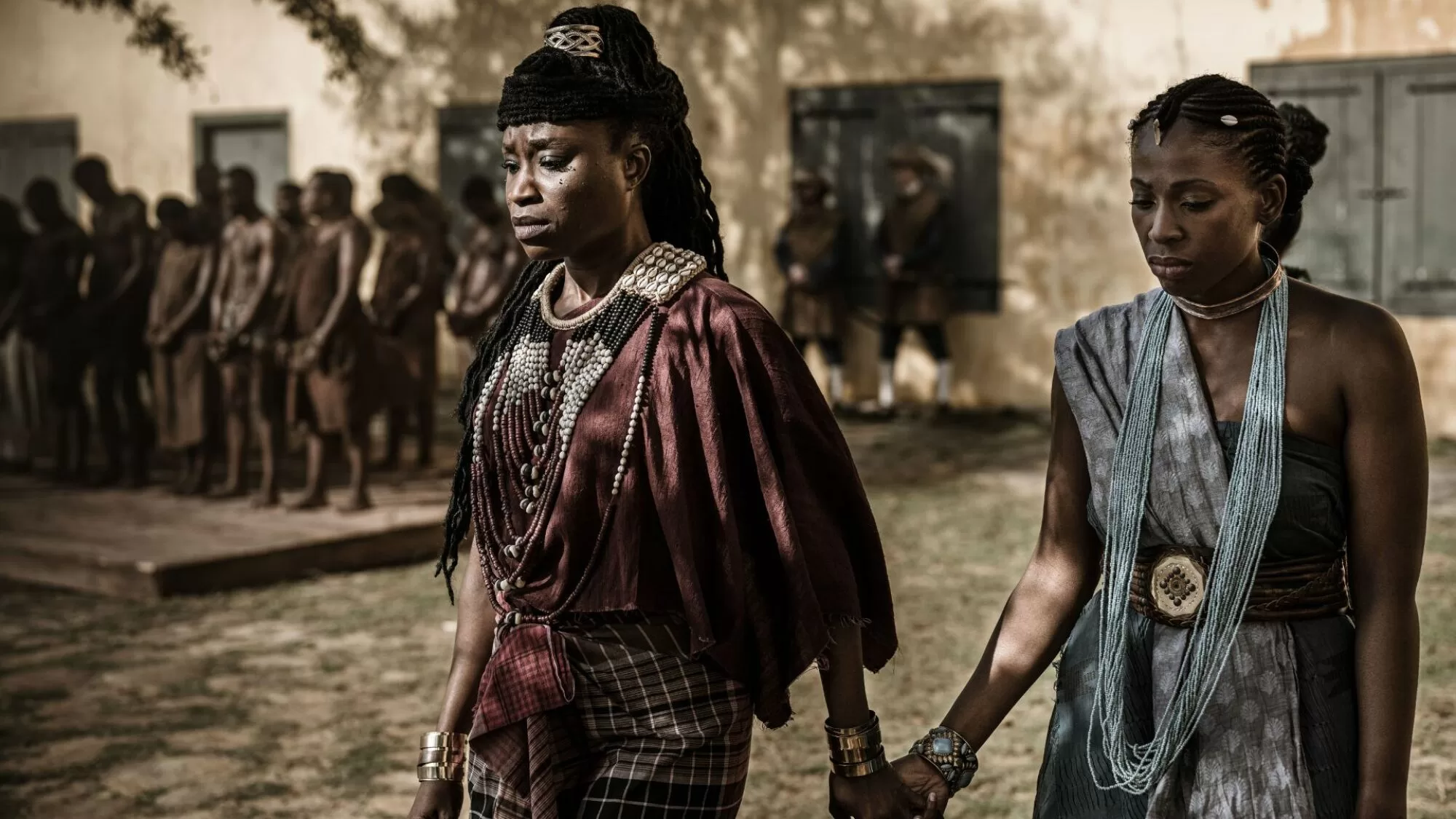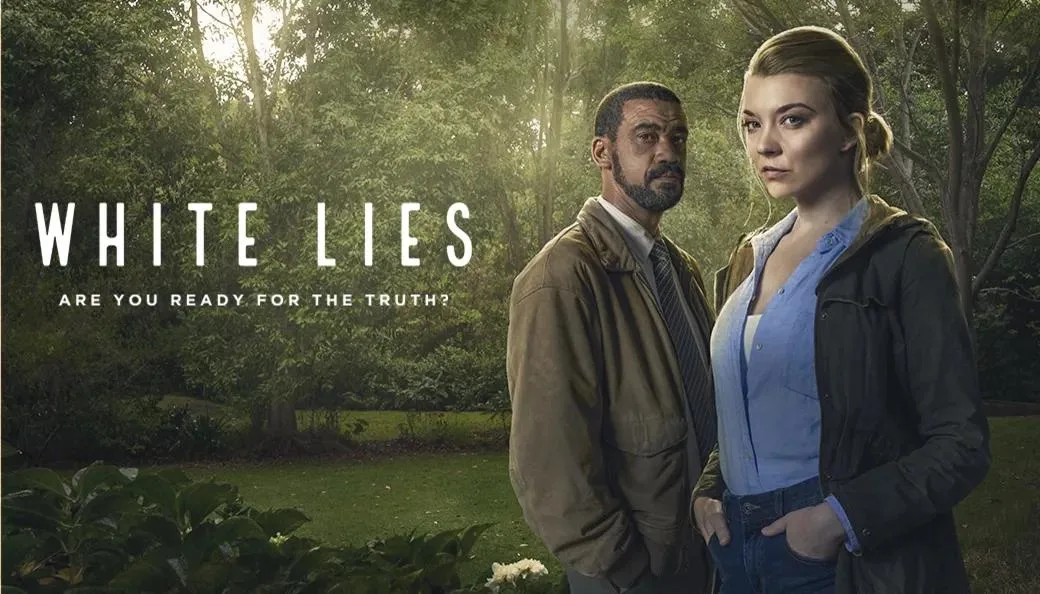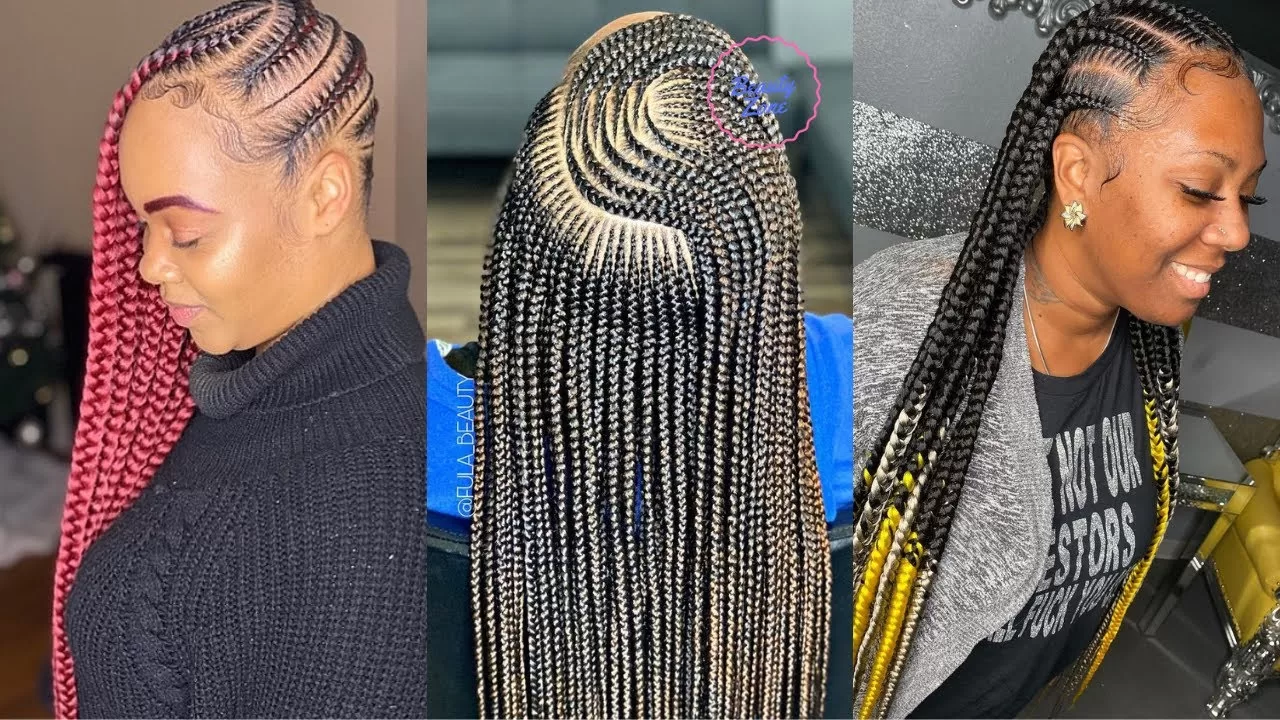As vehemently asserted by Queen Diambi Kabatusuila, a woman king of the Bakwa Luntu people in the present-day Democratic Republic of the Congo who is also one of the historians in the docuseries, she says that African stories have long been told by outsiders, and this time it is important that Africans tell their own stories (paraphrased). African Queens: Njinga is a kick-start for Africans telling their stories without adulteration.
African Queens: Njinga is a docuseries that will subsequently have other series follow its theme line. The documentary series was created to tell the stories of female monarchs from various cultures and nations around the world. Njinga is the story of a great queen of the Ndongo people in 17th-century Angola, executive produced and narrated by Jada Pinkett Smith. With commentaries and input from Dr. Kellie Carter Jackson, assistant lecturer at Wellesley College, Prof. Olivette Otele, vice president of the Royal Historical Society and chair of Bristol’s Race Equality Commission (1992-2008), Angolan historian Rosa Cruz e Silva, and Queen Diambi Kabatusuila, the story is woven as layers upon layers are unveiled.

Njinga follows the ordeal of a female monarch who sacrifices all she has as she becomes the symbol of hope for her people after the death of her father. The royal family throne rivalry leads to bloodshed, including the death of her son. Faced with a territorial enemy, the Portuguese, who are to mine the “black gold” (human cargo), she rises to power by taking initiatives against her brother, Mbande, the sitting king’s order. She makes political alliances with dangerous enemies like the Imbangala’s Kasa and Kasanje, going as far as marriage and blood oaths, all in a bid to maintain power and secure the lives of her people. She fights for her family and her sisters and accepts the white man’s God in order to stem slavery and be recognized as a sovereign ruler. The movie ends with her legacy, which is further enjoyed by three more female monarchs before the eventual and total baptism of the continent in the slave trade.
The audience is constantly drawn to the fact that it’s a movie being watched and not reality. What makes a great movie, especially one of this kind; historic, is the enactment of reality and drawing the audience into the world being narrated. There are obvious elements that cannot be faulted in this production: cinematography, costume, setting, sound, music, and acting, and with a few considerations, casting can be included.

It would have been expected that the Ndongo indigenous language be explored because, at the time when this history is being made, the English language had not eroded or pervaded the social system of the Ndongo people, especially to the extent that it is the sole language of the royal house; thus, the sole use of the English language, not even Portuguese or a mixture of Portuguese and Ndongo undermines the role of language as historic element. The present day Angola has its official language as Portuguese. This calls into question the reality that has been presented as regards language.
Speaking of questionable representations of reality, there is a level of inconsistency in the appraisal of military power and prowess when checked with the facts presented. The battlefronts look more like skirmishes, with few soldiers on both sides, though it is believed to be a war. There is no real show of power and strength other than the magnitude of its portrayal by historians. This, in any case, does not put into effect the military might as accounted for by historians and academicians in the documentary. Furthermore, in comparison to other African stories such as Black Panther: Wakanda Forever and The Woman King, Njinga’s military prowess is under-represented.
Njinga always looks fresh and well-made up after major battles, which helps to debunk reality. Njinga appears to have retained her vigor and youthfulness from 1617, when she already had a child and claimed to be older than Imbangala’s Kasa, until the late 1650s. Same with her sister, Kambu. The last episode added gray to their hair, definitely not enough to show a forty-year decline in strength. Njinga has maintained the same hairstyle for decades. Also, following Njinga’s marriage to Kasanje, his notoriety vanished, with no mention of how their relationship progressed or ended.
The slave trade is a central theme in Njinga, almost like the series’ trademark. It’s only surprising that the audience only sees one or two scenes of slave markets, though it’s unclear whether this should be tagged or assumed to be a slave market.
The constant heightened narration by historians, which sets the audience’s imagination at an exaggerated level, creating a high expectation from the actions, but most of the time failing to be commensurate, is a gap left unfilled in the film. African Queens: Njinga tells the tale of human cruelty, power rivalry, blood ties, loyalty, governance, tactics and diplomacy, acculturation, love for humanity, servitude, sacrifice, endurance, freedom, and peace. It is a must-watch for everyone, especially Africans.

















